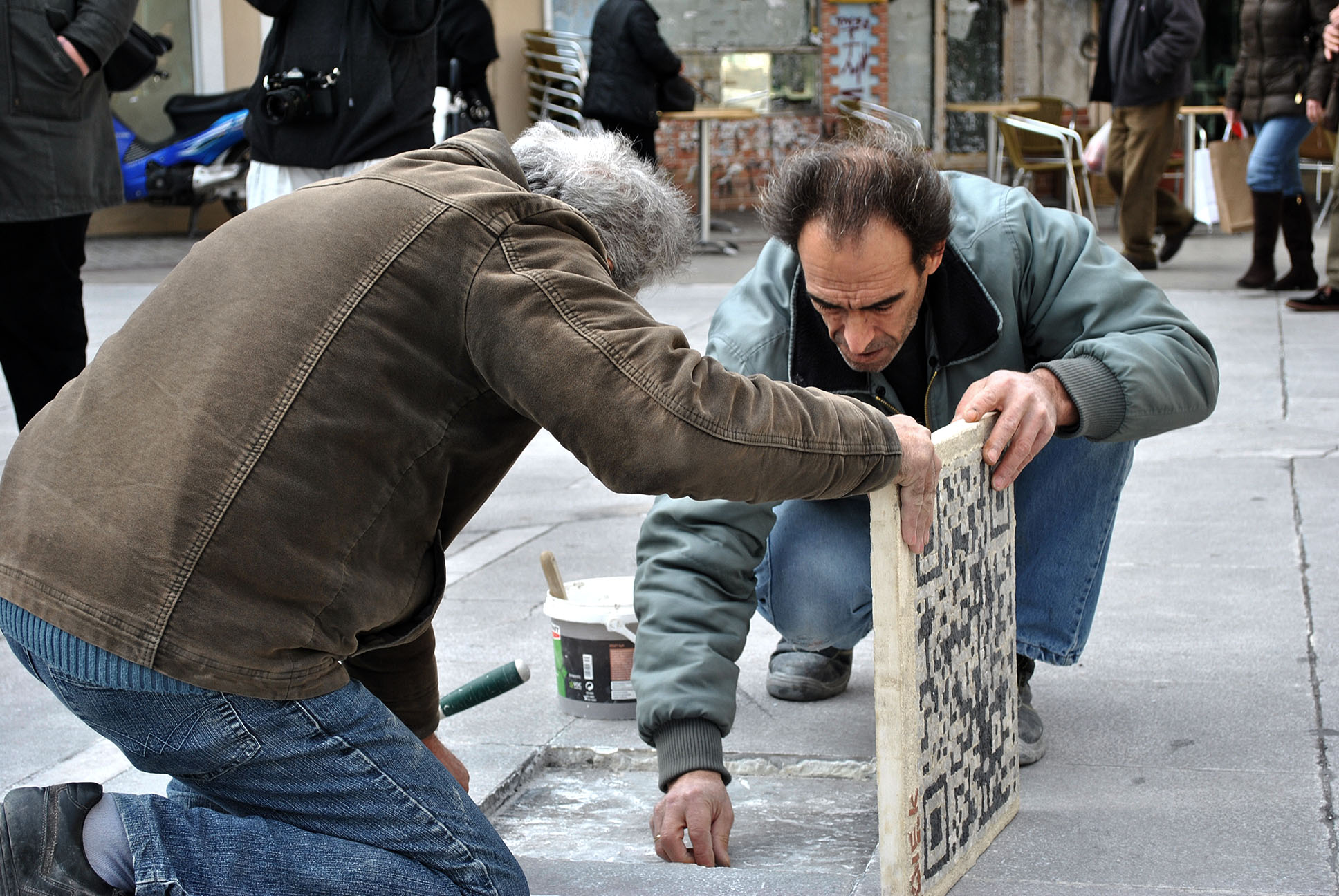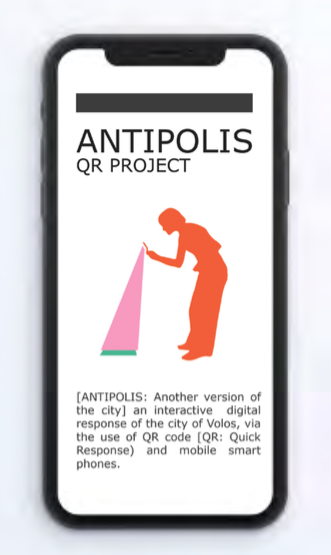Antipolis
Irene Albino

‘The poetics of wonder,
of ingenuity, of the metaphor,
tend to establish this inventive
task of the contemporary
human, who sees in the work
not an object or a space of
obvious relationships to enjoy as
beautiful, but a mystery to
investigate, a task to be
pursued, a stimulus to the
vivacity of the imagination.’
(Umberto Eco, The Open Work, 1965)
Antipolis is an interactive landscape installation that enables the towns citizens and visitors to have access to historical and cultural
information as well as to participate more actively and directly in the public affairs of the
city they live in.
In a playful hybrid version, the installation is part digital- situated on the web- and part physical, situated in 12 chosen key spots in the city that are of cultural, historical or touristic importance.
Antipolis is an ‘open work’.
In a playful hybrid version, the installation is part digital- situated on the web- and part physical, situated in 12 chosen key spots in the city that are of cultural, historical or touristic importance.
Antipolis is an ‘open work’.


Case study
The connection between physical and digital happens through the imple- mentation of QR codes within customed urban artistic installations.
The QR code allows a light and instant use of information that comes to life beyond the artistic installations that are experienced on that same space, building a story that continues in a virtual platform and that can be in con- stant mutation.
The project was born as a brief set by the Municipality of Volos (Greece) to the DIIEK Volos School of Applied Arts, during my Graphic Design Foundation course. After winning the pitch, I was commissioned to develop the initial idea, lead the presenta- tions to the Council and put together a team of students and Design staff that would supervise all further development, in collaboration with the Head of the School.

